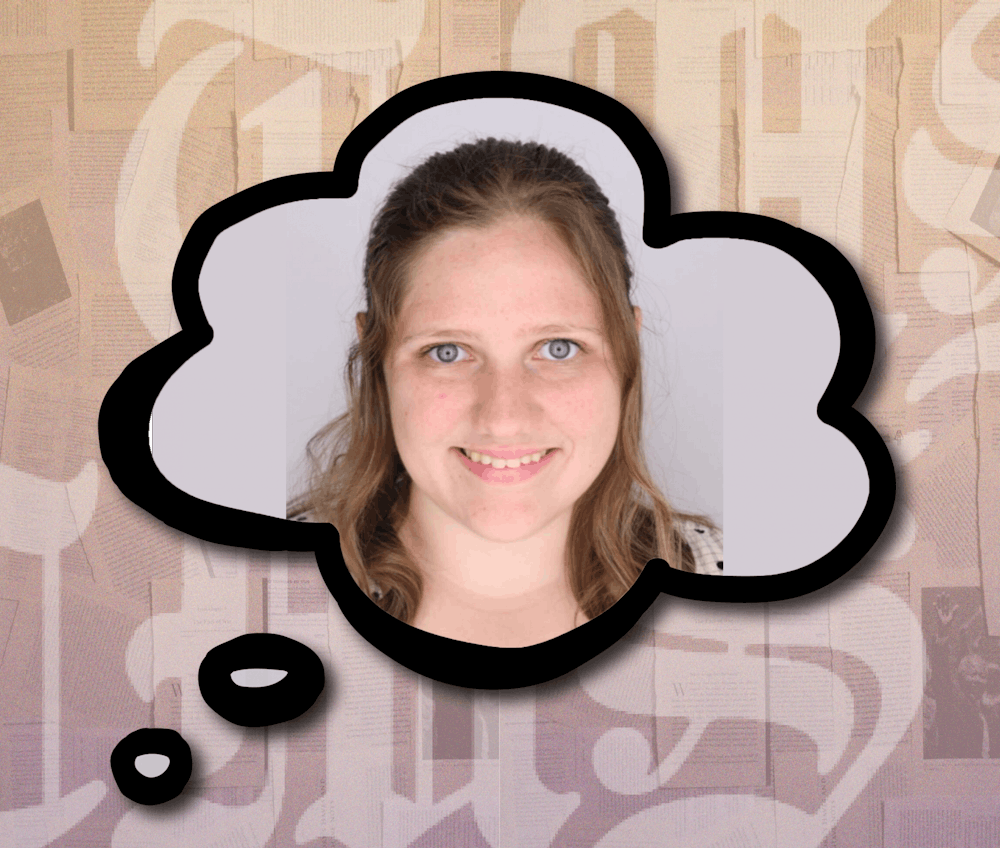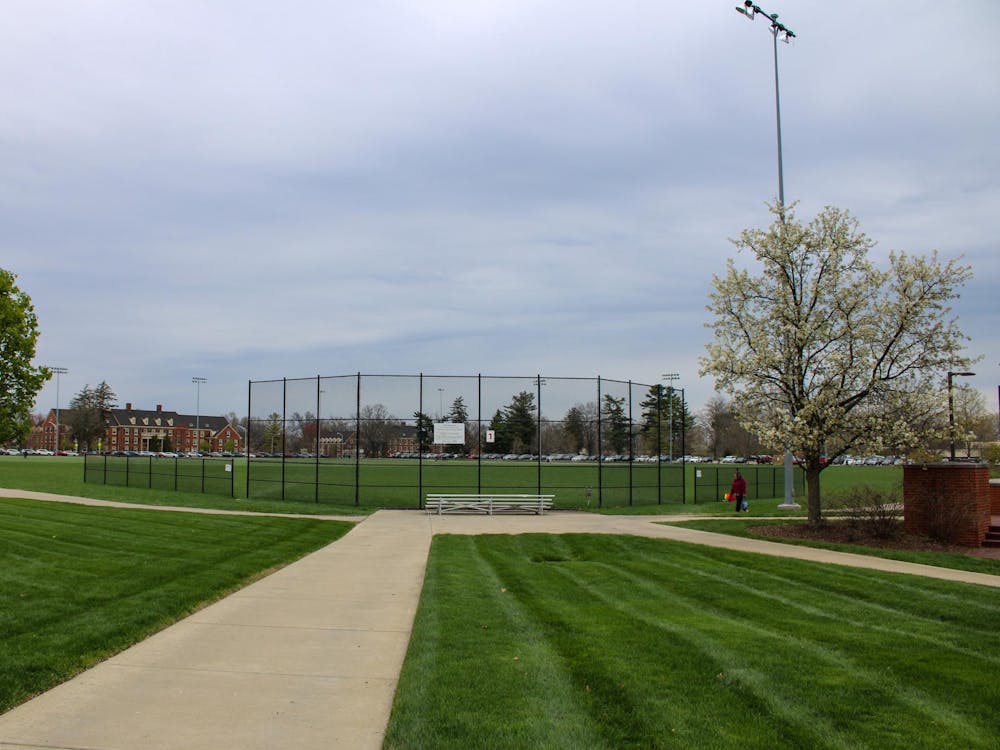Riley is a journalism student from Appalachia and is a member of Model United Nations.
With the release of the new "The Little Mermaid” trailer, there’s a lot of talk surrounding Disney’s casting choice. Critics, Disney lovers and movie-goers alike are debating whether Disney needed to cast a Black woman as Ariel.
While both sides make intriguing arguments, all that’s left is to decide whether the benefits or losses hold a more significant impact in advancing diversity within media.
Halle Bailey was announced to star as the new live-action Ariel in July 2019. The internet recently saw a rise in online discussion with the release of a new trailer for the movie. Most people debated a single question: Is this really necessary?
There have always been debates over casting choices involving minority or underrepresented groups. There’s been criticism over whether the story remains true to itself with a new cast and questions about whether the director or producer is simply catering to a “woke” audience and changing society or if they actually think the choice is practical and beneficial.
Whether or not the director or writer intends for their choices to cater to large diverse crowds, it’s impossible to overlook the fact that when minority groups and cultures are represented in media, it can improve the outlook on diversity throughout society.
First, I want to explain why representation matters to the groups being represented.
It’s a fact that the world is more diverse than what has traditionally been portrayed in American media. Statista studies over the past decade show a gradual increase in minority representation in film.
Identities are an important part of everyone’s personal experiences, and they form how people see their own lives.
There are struggles and triumphs that can rely entirely on someone’s background. It’s a sad fact of life. Whether a person is born to a certain ethnic group, identifies as a member of the LGBTQ+ community or even comes from a lower socioeconomic class can create varying experiences in life, school and their career.
These identities exist in real life, so why don’t we portray this more in media?
Shows like the reboot of "One Day at a Time," "On My Block" and "Never Have I Ever" display some of these perspectives to a large audience. By simply turning on Netflix, viewers worldwide have the chance to see Cuban and Indian-American culture, life in multi-cultural communities and more.
Enjoy what you're reading?
Signup for our newsletter
Finally, a time is emerging where these groups, who have hardly seen people like them in media, are finding themselves with relatable characters, storylines and problems.
In a larger context, media representation benefits not only young adults, but also children and other groups.
Before the release of "Black Panther" in 2018, Hollywood had never produced a Black lead superhero film. "The Princess and the Frog" in 2009 was the first animated movie to introduce a Black Disney princess.
While it may not seem significant, young children finally had the chance to see characters like them. They could dress as a princess or superhero that looked like them. They finally had the chance to imagine themselves on the screen. That’s enough reason to see that this representation provides real value.
Beyond what it means to the represented groups themselves, diverse media offers benefits to anyone that gets the opportunity to experience it.
While someone may not be a part of a certain group or identify a certain way, seeing these groups on screen can change us in an impactful way.
When we see a culture or group represented that we’re unfamiliar with in movies like "Coco" or "Love, Simon", we have the chance to see their perspective and take a step into their shoes. People are able to experience and better understand these groups, allowing for greater empathy.
We are given a chance in media to experience a larger culture than what we may see in our own lives. Media with diverse representation allows stories to be told in a meaningful way that creates a platform for those who have often found it hard to be heard. It highlights the fact that these groups exist and they deserve to be shown on the screen, in literature and in other media outlets.




